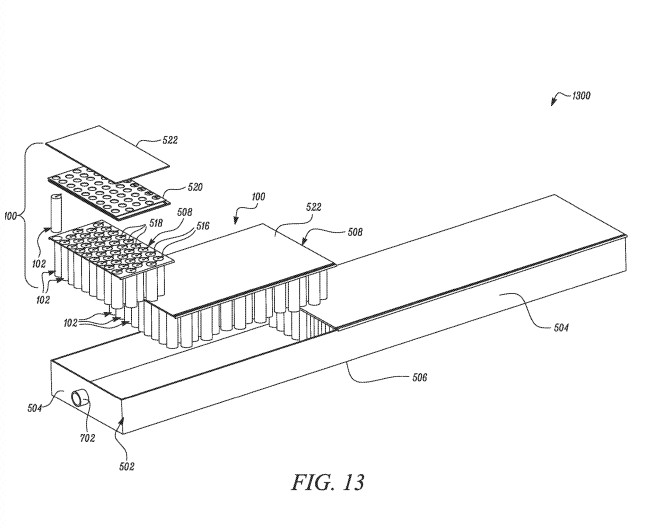My old boss always told me "the two most important assets are people and the dirt they walk on"..I've lived here since 1960. CA home prices, over sufficient time, can vary widely in both directions. Plus peoples' circumstances change and there's the famous taxpayer revolt with Proposition 12, which was biased against small business and favored larger ones which did not have a higher valuation unless sold. Right now we are in a boom. I don't know real estate but may even sell some TSLA to buy real estate in Thailand for my wife who would probably buy much more when I pass. She says the stock market is not tangible for me. Land is.
On the market politics thread I've discussed the import of Larry Fink's letter and am bemused by my wife's textbook used in her business class in organizational behavior. There is conventional and sustainable OB. My mother-in-law is in the sustainable camp. "The land, however used, will always be there." "It doesn't matter whether it earns a lot of money. It should rent for enough money so you don't have to send us the $300-500 a month to help us out." Plus, and here's the real kicker, "We've known their family for three generations. And we know where they live in the village." Apparently where they live broker's and lawyers are not involved, but banks are to some extent. Word of mouth about transactions. My wife's mother has a real gift of gab and a large network of customers. She arbitrages rice directly from the mill for sale to neighbors--some on her credit--and must keep all of this in her head since she cannot read and write. She teases me about languages since she does business in at least four.
My other favorite was that " we didn't over pay for that building we just bought too early... "



